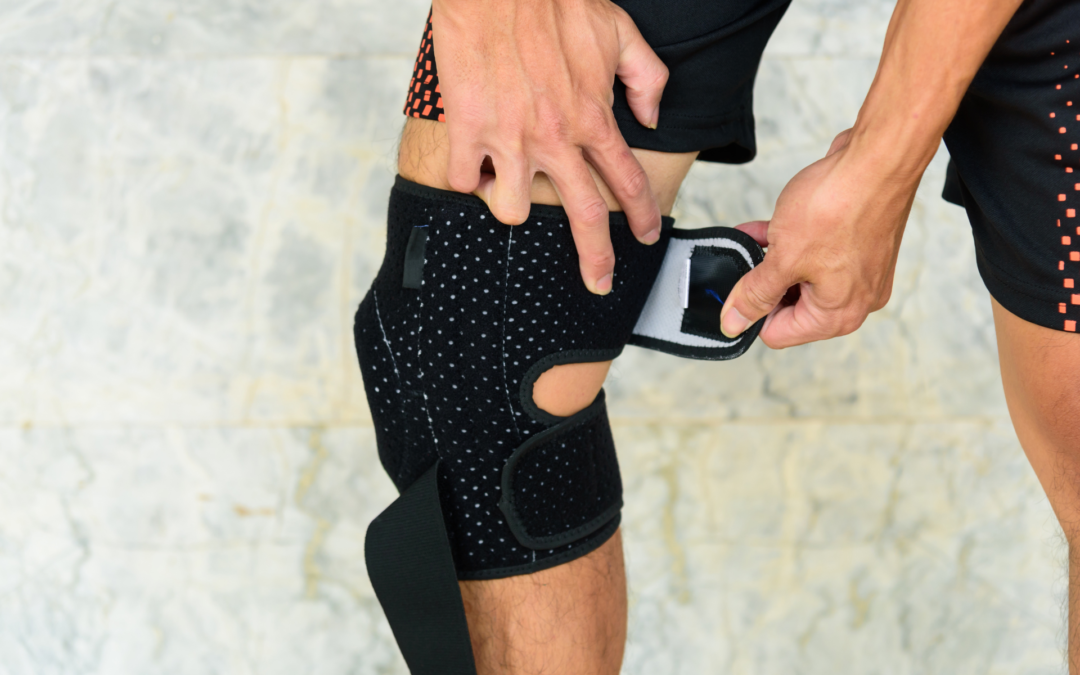
Bracing for Support: Improving Mobility and Quality of Life
In the realm of health and physical medicine, the use of orthopedic braces has become increasingly prevalent. Whether you are recovering from an injury, managing chronic pain, or simply looking to improve your posture, bracing can offer significant benefits. At Foundations Health and Physical Medicine in Norway, Michigan, we understand the importance of mobility and quality of life. This blog post will delve into how bracing for support can enhance your daily activities and overall well-being.
Understanding Orthopedic Braces
Orthopedic braces are devices designed to support joints and muscles. They come in various forms, including back braces for posture correction and ankle braces for stability. These devices are often recommended by healthcare professionals to aid in recovery from injuries, manage chronic conditions, or prevent future injuries.
How Do Orthopedic Braces Improve Mobility?
Orthopedic braces work by providing external support to weakened or injured areas of the body. This support helps to stabilize joints and muscles, reducing strain and allowing for more efficient movement. For example:
- Back Braces for Posture: These braces help align the spine correctly, reducing the risk of developing chronic back pain.
- Ankle Braces for Stability: These provide additional support to the ankle joint, preventing sprains and improving balance.
By stabilizing these critical areas, orthopedic braces can significantly enhance your ability to move freely without discomfort.
Benefits of Wearing Braces for Mobility
Wearing orthopedic braces offers numerous advantages that contribute to improved mobility:
- Pain Reduction: By providing targeted support, braces can alleviate pain associated with conditions like arthritis or tendonitis.
- Injury Prevention: Braces help distribute weight evenly across joints, reducing the risk of injury during physical activities.
- Enhanced Recovery: For those recovering from surgery or injury, braces offer essential support that promotes healing while allowing some degree of movement.
- Improved Posture: Back braces encourage proper spinal alignment, which can prevent long-term issues related to poor posture.
Can Braces Prevent Injuries During Physical Activities?
Absolutely! One of the primary functions of orthopedic braces is injury prevention. Athletes often wear knee or ankle braces during high-impact sports to protect against sprains and strains. By stabilizing joints and limiting excessive movement, these devices reduce the likelihood of sustaining injuries during physical activities.
Role in Injury Recovery
Orthopedic braces play a crucial role in rehabilitation following an injury:
- Controlled Movement: They restrict harmful movements while allowing safe ones.
- Support Weakened Areas: By supporting injured muscles or ligaments, they facilitate quicker recovery.
- Pain Management: Reducing strain on affected areas helps manage pain effectively.
How Do Braces Help in Managing Chronic Pain?
Chronic pain conditions such as osteoarthritis or degenerative disc disease can severely impact mobility. Orthopedic braces provide much-needed relief by:
- Reducing Pressure on Joints: This alleviates pain caused by bone-on-bone contact.
- Supporting Muscles: Weak muscles benefit from external support which reduces fatigue.
- Encouraging Proper Alignment: Misalignment often exacerbates chronic pain; correcting this can lead to significant improvements.
Choosing the Right Brace
Selecting an appropriate brace depends on several factors including the specific condition being treated and individual needs:
- Consult a Professional: Always seek advice from healthcare providers like those at Foundations Health and Physical Medicine in Norway Michigan before choosing a brace.
- Consider Your Activity Level: Active individuals may require more robust bracing solutions compared to those with sedentary lifestyles.
- Comfort is Key: Ensure that any brace you choose fits well without causing discomfort as this could negate its benefits.
Can Braces Help with Injury Recovery?
Yes! In fact, many rehabilitation programs incorporate bracing as part of their treatment plans due to its effectiveness in promoting healing while maintaining some level of activity.
Conclusion
Bracing for support is not just about managing existing conditions but also about enhancing overall quality of life through improved mobility and reduced pain levels. At Foundations Health and Physical Medicine in Norway Michigan we believe that everyone deserves access to tools that enable them live their best lives possible – whether it’s through back braces for posture correction or ankle supports ensuring stability during everyday activities!
Investing time to understand how braces and support devices work can empower you to make informed decisions about your health journey. This can lead to greater independence and enhanced well-being.
Contact Foundations Health and Physical Medicine today at www.foundationsmed.com or call (906) 563-5800 to learn how we can support you in improving your mobility and quality of life.

